Should you be using K-tape for your injuries?
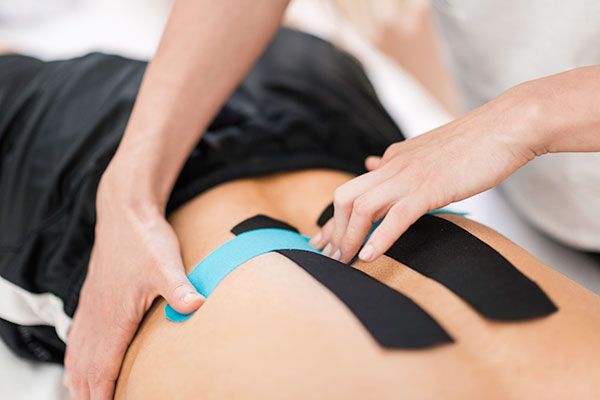
Pink, blue, black, or yellow, you may have seen this colorful tape across shoulders, the back of calves, or around knee caps. Kinesiology tape comes in many colors, but more importantly, it can benefit a wide variety of musculoskeletal and sports injuries, as well as inflammatory conditions.
Kinesiology tape (K-tape) was developed by Dr. Kenzo Kase, a practitioner licensed in chiropractic and acupuncture, in the mid-1970’s. His goal was to create an elastic sports tape unique from rigid taping methods commonly used at the time.
K-tape is made of a lightweight, breathable fabric that can be worn for several days. Because of its elasticity and design (meant to move with your body), K-tape offers support and stability to muscles and joints without restricting range of motion.
How does it work?
- When properly applied, K-tape gently lifts the skin, creating a space to improve blood and lymphatic flow – reducing swelling and alleviating pressure.
- Prevents over-stretching or over-contraction of muscles – aiding in faster muscle recovery.
- Provides support and pain relief during activity
- Muscle support – tape provides proprioceptive support, assisting muscle strength and muscle’s ability to contract
- Tape distributes loads away from inflamed soft tissue

What is it used for?
- Muscle strains
- Ligament sprains
- Tendonitis (achilles, tennis elbow)
- Joint instability, hypermobility, or alignment
- Plantar Fasciitis
- Osteoarthritis
- Carpal tunnel syndrome
Is pain slowing you down from preparing for a sporting event, going for a run, or engaging in your day-to-day activities? Kinesiology tape can be used to help with many common injuries. Talk to a Lifemark physiotherapist to see if taping is right for you.
Related Articles
Exercise strategies and activities to help you work out at home
Tips to stay safe and prepare for winter activities this year
Supporting our veterans with focused, holistic care
Treating an acute injury? Go for M.E.A.T. over R.I.C.E.
Adjusting to the new normal: the benefits of "hybrid care"
Special Olympics athletes and the importance of support
Working with Special Olympics athletes as a physiotherapist
The forward fold stretch: the perfect exercise if you work at a desk all day
How swimmers can prevent and manage shoulder injuries
Paddling Basics: Stay Dry and Injury-Free on the Water
Fore! Get on the green and keep your swing healthy
Know your Pilates - clinical Pilates versus traditional Pilates
Let's keep in touch!
SIGN UP TO GET HEALTH AND WELLNESS INFO RIGHT TO YOUR INBOX
Subscribe to receive the latest health and wellness news and information in your inbox every month.
By subscribing you agree to our privacy policy. You can unsubscribe at any time.


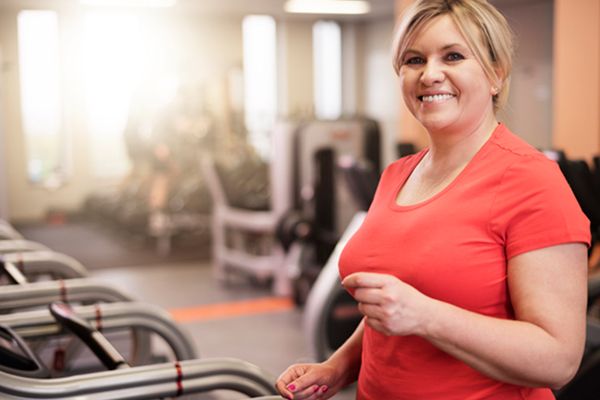









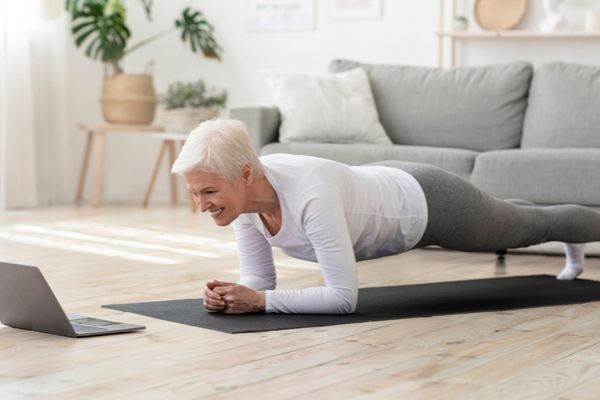



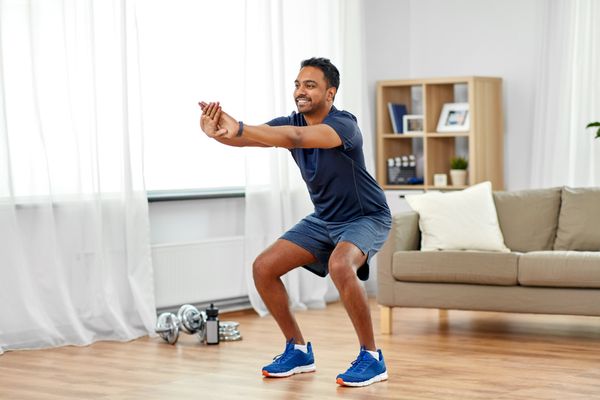





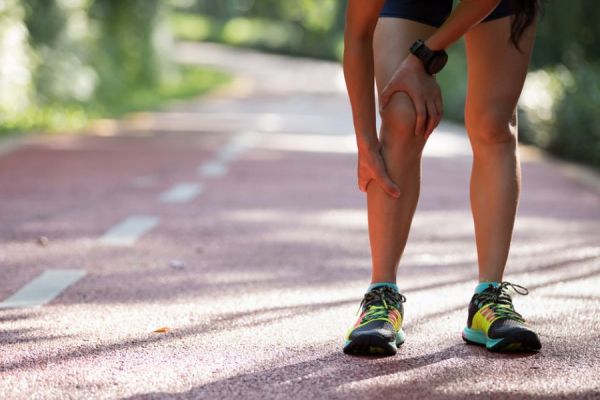
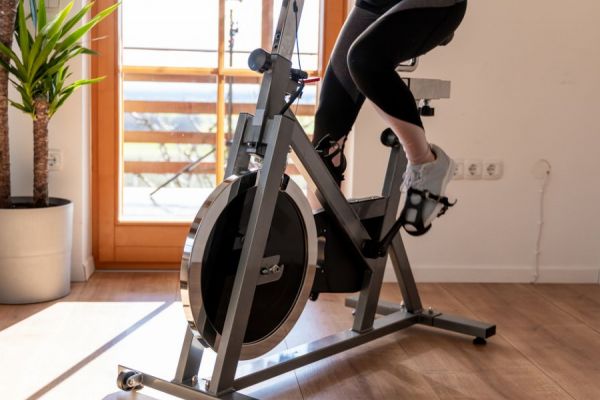


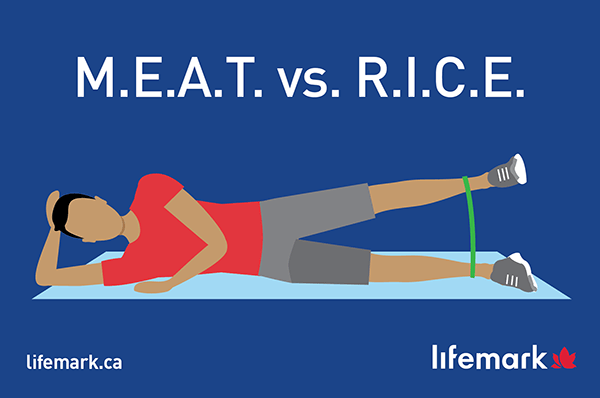

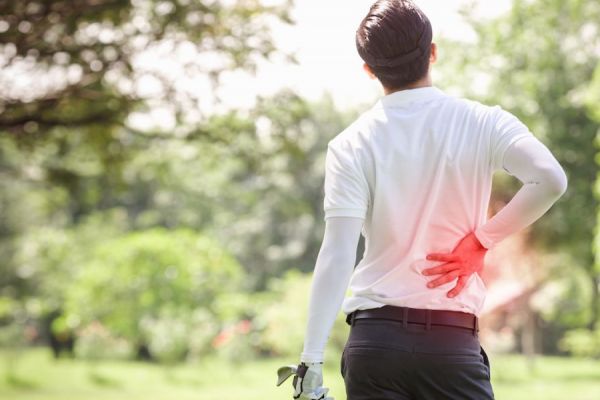
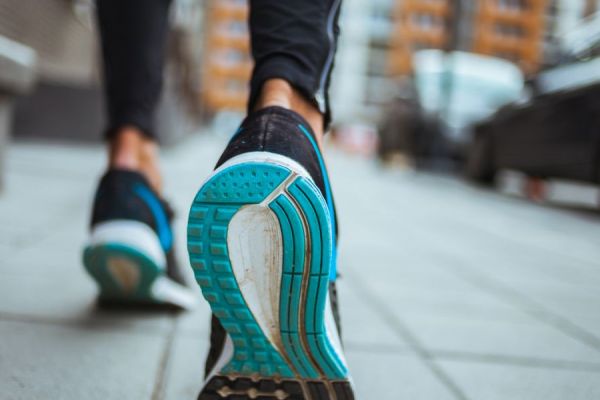




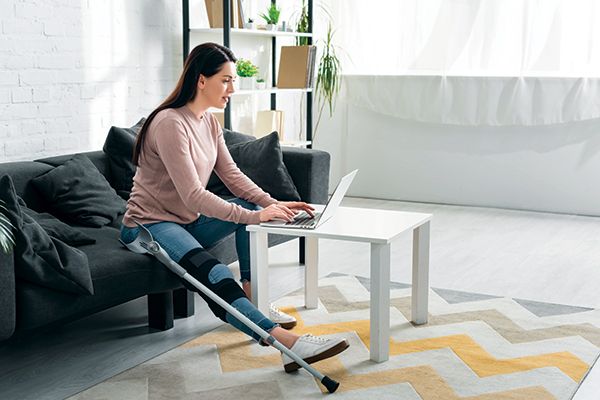







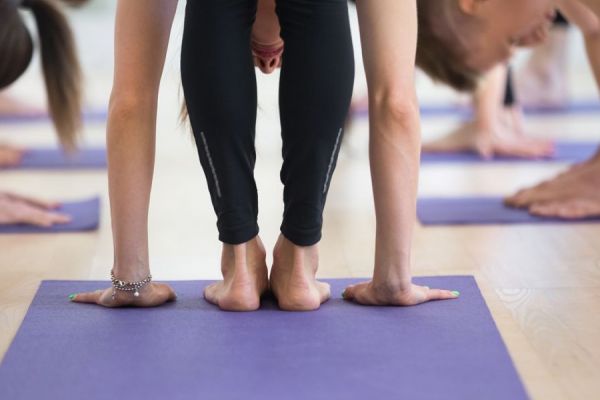





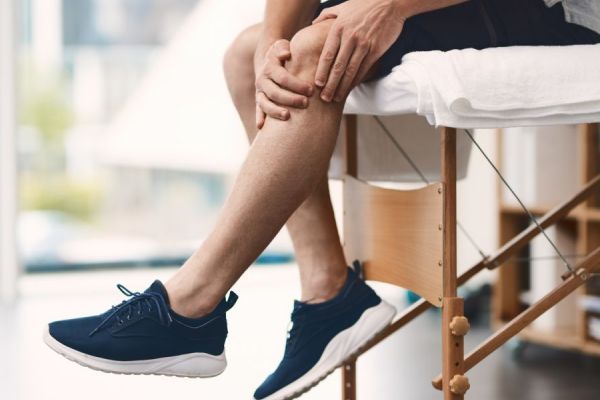
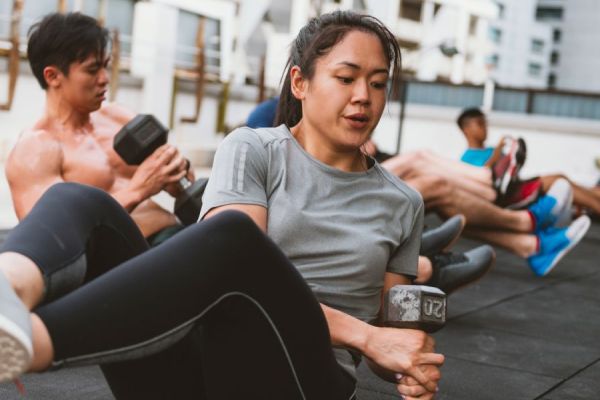











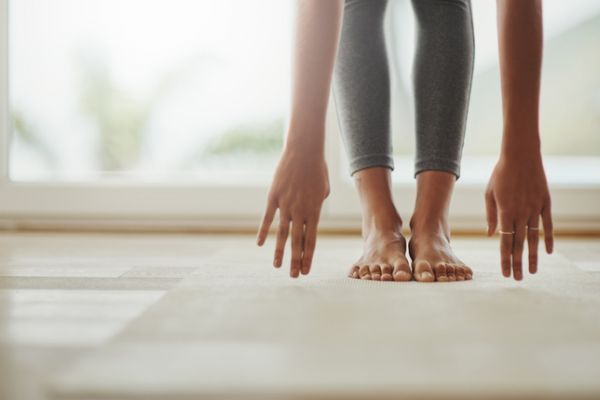

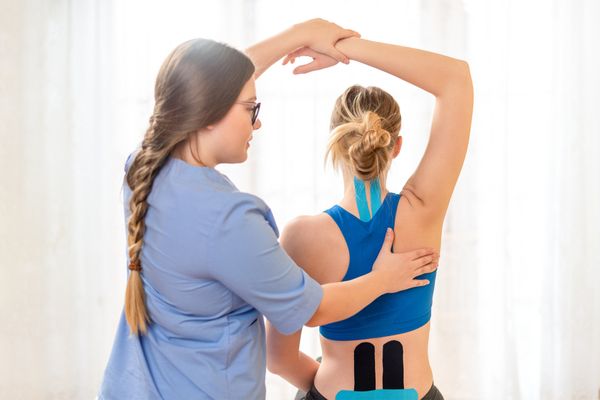



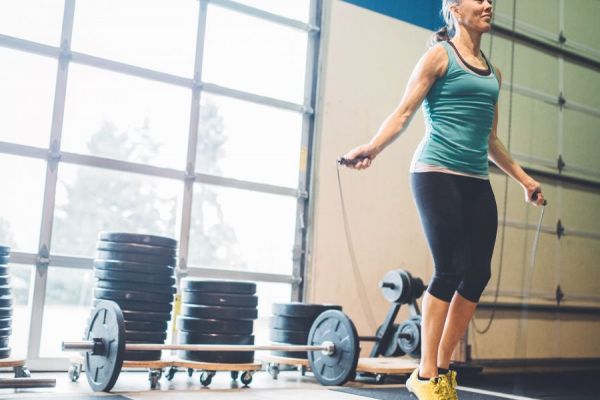
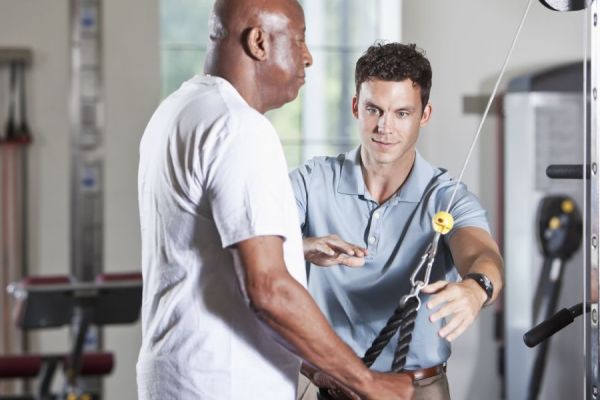




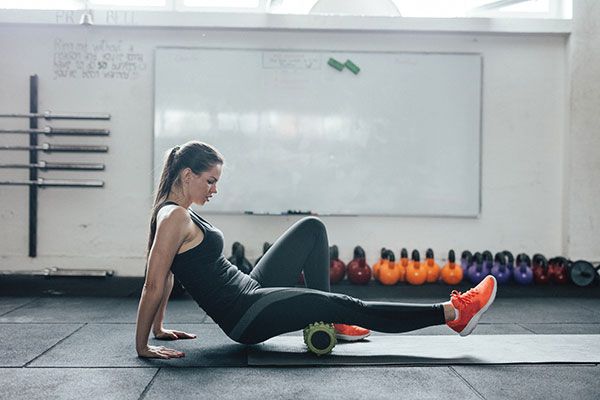





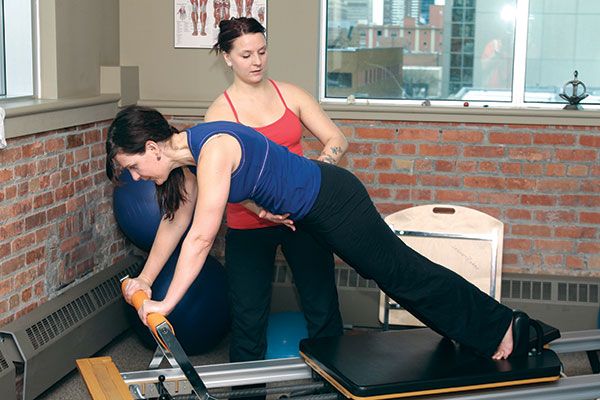


We can help you move and feel better.
Book an appointment today.